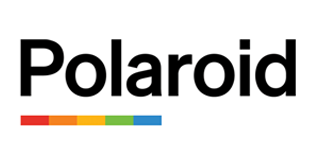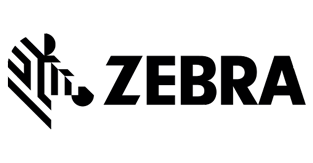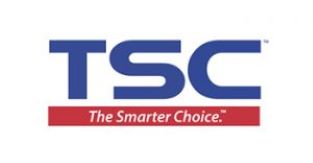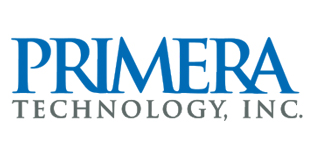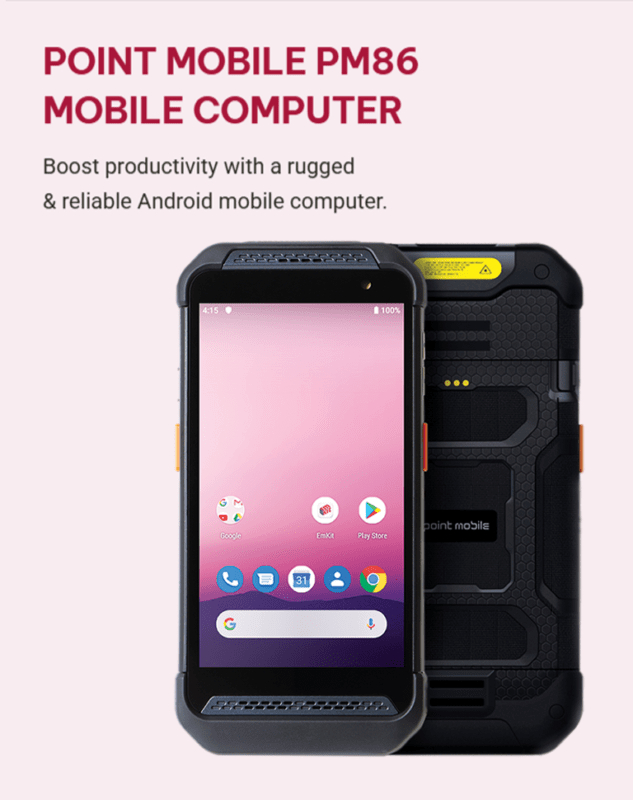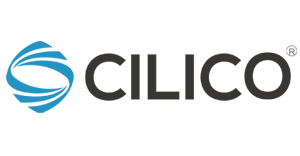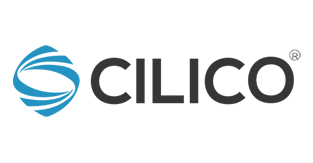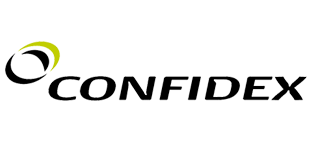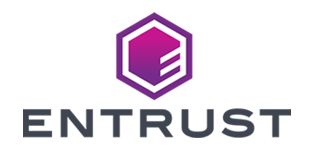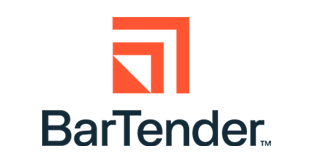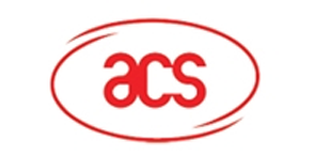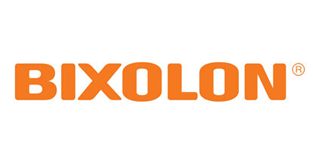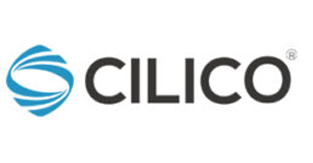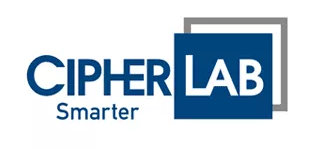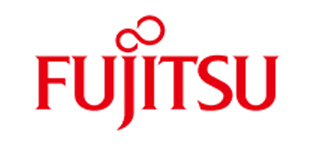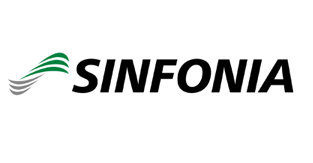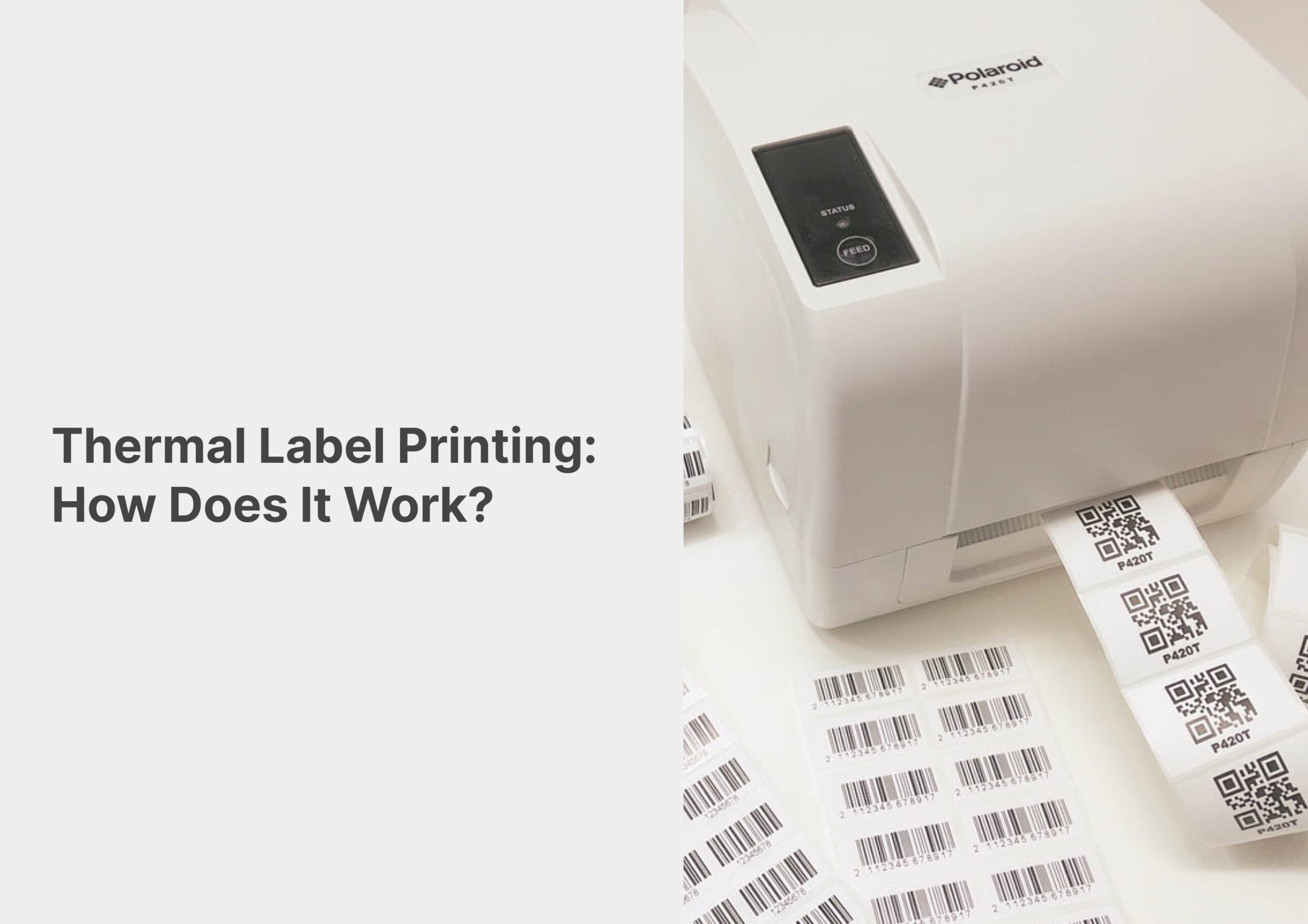There are two types of thermal printing – Thermal Transfer and Direct Thermal Transfer
Direct thermal transfer label printers don’t need ribbons to print on labels, in contrast to thermal transfer label printers that needs ribbon.
Thermal printer:
One tiny heated pin is present in the printhead of a thermal transfer printer for each pixel, and the printhead is managed by a microprocessor. This establishes which pins are required to create a particular image. The pins melt the wax or resin-based ink from the ribbon and transfer it to a blank surface made of paper, plastic, or another substance using heat.
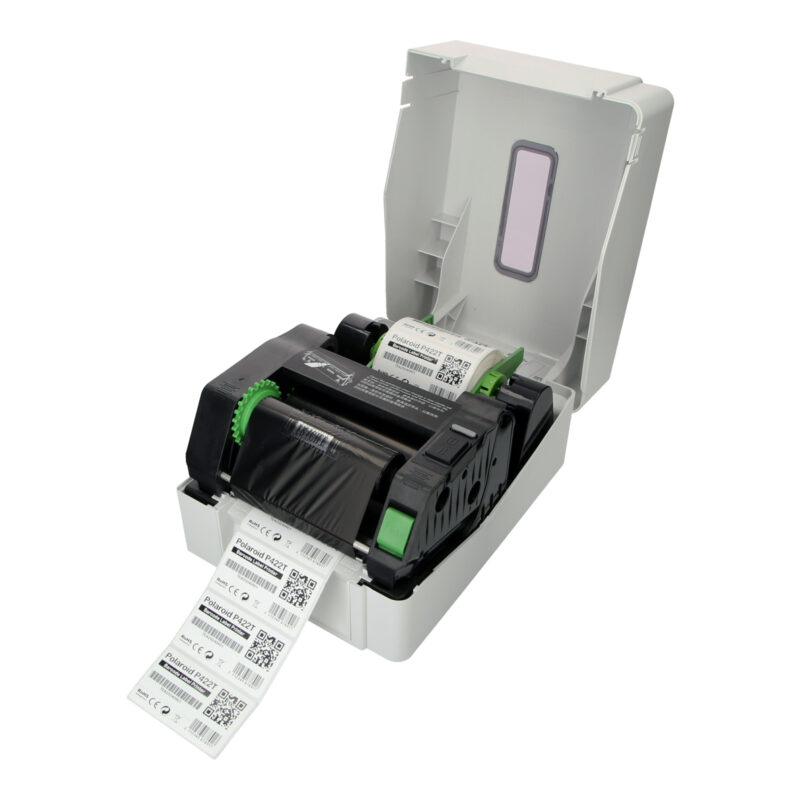
Wax ribbon are used for printing non-waterproof labels, while waterproof labels are generally printed on with resin ribbon. Labels produced from thermal transfer label printers are durable and smear-resistant, hence becoming a popular choice for many businesses in various industries, such as pharmaceutical industry, warehouse and logistic management and even retail stores.
Direct thermal printer:
Direct thermal printer are known for their simplicity and low consumable cost. It uses chemically treated and heat-sensitive media to blacken the labels when it asses under the thermal printhead, creating the images. However, direct thermal labels are heat sensitive and may not be ideal for environments where the might be exposed to heat. As prolonged direct sunlight or scratch to the labels might cause the labels to darken and information on it to be unclear.

How to choose a label printer?
There are a few things to consider before purchasing a label printer.
- The volume of printing done per day
- What kind of labels are you looking to print?
- The cost of consumables
- What kind of connectivity you need
- Label lifespan
If you are looking for durable and long-lasting labels, a thermal transfer label printer will be your choice. You can print two types of labels with a thermal transfer label printer – waterproof and non-waterproof. Waterproof labels would require resin ribbon, and non-waterproof labels would require wax ribbon. Hence, you also need to take into consideration the cost of the consumables—ribbons and labels.
For labels that are meant for short-term usage, such as F&B order labels, you can opt for a direct thermal label printer. It is known to be cost-efficient as you would only need to repurchase the labels. Direct thermal labels are heat sensitive and not scratch resistant, therefore they are not ideal for outdoor usage or warehouse/logistic purposes.
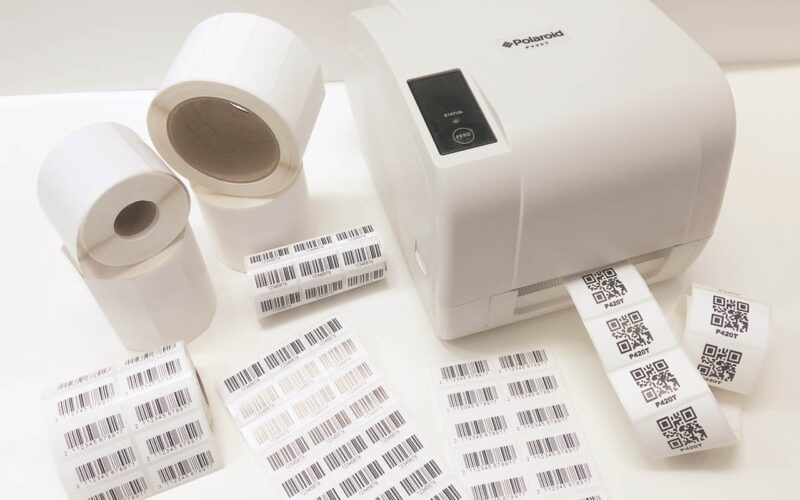
Need label printer recommendation?
Feel free to contact us for enquiries:
☎️ +65 6778 0075 / +65 9002 2985
? hello@allid.com.sg





